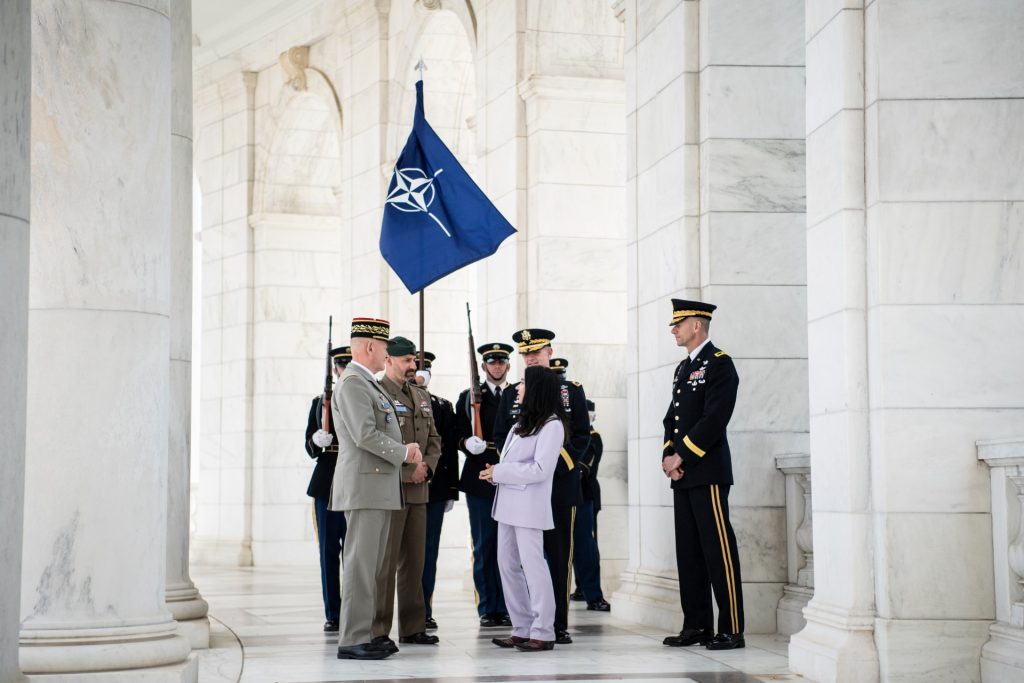NATO countries’ defense spending has increased sixfold. The US expects further increases in contributions before the upcoming summit in Washington.
Others are reading now
By 2024, 19 NATO members are set to allocate a minimum of 2% of their GDP to defense, marking a significant rise in investment since 2014.
This trend is expected to continue leading up to the NATO summit scheduled for July in Washington, as mentioned by White House Press Secretary Karin Jean-Pierre on March 13.
” If you combine the collective GDP of European NATO allies, they will spend 2% of their collective GDP on defense. This is an important milestone and a clear demonstration that allies recognize the need to invest more in security after Putin’s re-invasion of Ukraine,” she said.
The White House remains optimistic that NATO members will increase their defense funding, especially in anticipation of the summit in Washington, although it has not specified any exact financial goals or the expected number of countries to heighten their contributions, according to Jean-Pierre.
Also read
Bloomberg reported on March 11 that during their US visit, Polish President Andrzej Duda and Prime Minister Donald Tusk would suggest NATO members increase their defense spending baseline from 2% to 3% of GDP.
Controversially, US presidential candidate Donald Trump voiced his intent in February to “encourage” Russian aggression towards NATO states he deems as under-contributing to defense efforts.
The White House criticized Trump’s statement, calling it “terrible” and “abnormal.”
German Defense Minister Boris Pistorius warned in February of the potential for Russian attacks on NATO territory within the next five to eight years. Additionally, Estonian intelligence cautioned on February 13 about Russia’s preparations for a military showdown with the West in the coming decade, which might be countered by NATO’s strategic military buildup.
On February 16, the Financial Times reported, based on Ukrainian intelligence, that Putin is gearing up for a conflict against the Baltic states, planning to double the Russian military presence along the borders with the Baltic states and Finland.


